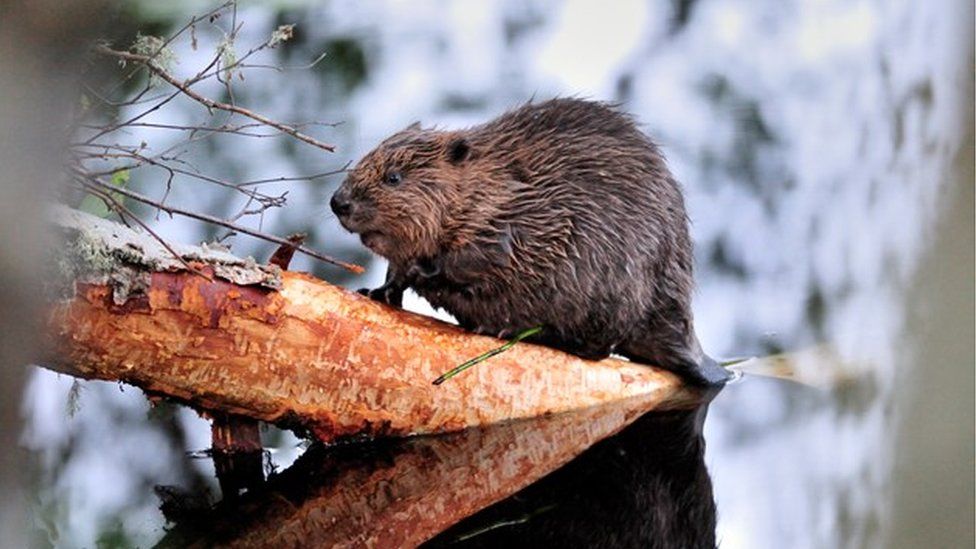Beavers are well and truly back in Scotland. With a population of more than 1000 animals, they are having a big impact on the environment. Less welcome news was that 115 of these animals were killed under licence. Now a population of this size can probably cope with deaths at this level, but it hard to believe that in all these cases this was necessary. At this point, as the population is slowly growing, you would think that translocation would have been a better option. There have also been 31 beavers that were trapped and moved to official reintroduction projects in England and Wales.

They have established 251 territories, an increase of 120% in just 3 years. more than 13,000 signs of their presence were counted. These included burrows dams lodges scent mounds and canal digging – as well as tree felling.
Areas around where they live have been boosted by tourism. Bizarrely, the only official trial set up was in Knapsdale and here the beaver population failed to grow. Indeed not only is it rarely mentioned now, but translocations from the Tayside population have had to occur to keep the population viable.
These animals are benefiting the area by cleaning and regulating water flow. There is a great deal of space for this population to grow significantly, however what is clear is that the Beaver is now a resident species in the UK. The UK currently has about 300 beavers in the Devon area, and 1000 in the Tayside area. It is unlikely therefore that the UK population is bigger than 1500. To put this in perspective Norway is only slightly bigger than the UK yet it has about 70,000. Without human assistance, it is likely to still take many decades for them to fully resettle the UK, however their return is likely to greatly improve our water quality and quality of wildlife in the UK











